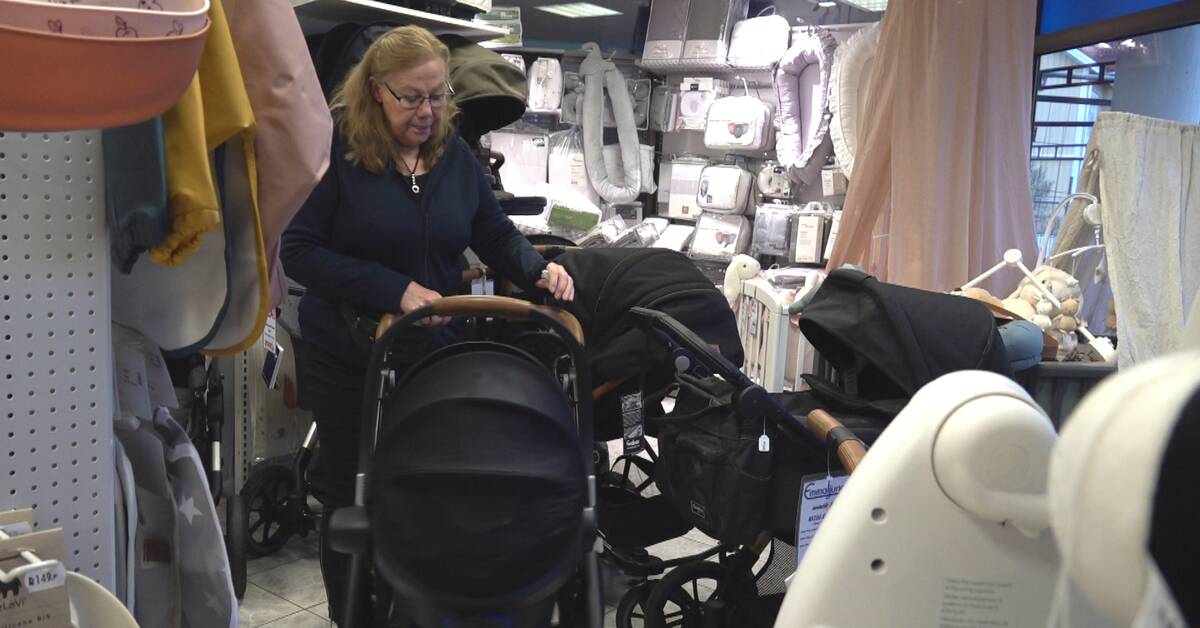Shop owner Ann Stenvall runs a children's shop in Gislaved.
She thinks it is a sad development that fewer children are being born.
- You struggle and hope it will work as well as possible.
I don't just sell children's products, but also sewing machines, and it's lucky in such a small town, she says.
It is a trend throughout the country that women are giving birth to fewer and fewer children.
Between January and September this year, 81,550 live children were born in Sweden, according to Statistics Sweden's quarterly statistics.
Gislaved and Gnosjö in Jönköping County are two of thirty municipalities in the country where this year's birth rate is the lowest since the turn of the millennium.
In Gislaved, the women gave birth to an average of 1.91 children in the first three months of this year, while in Gnosjö it was 2.22 children per woman.
Puzzling the scientists
Fertility in Sweden has historically varied over time.
It is affected, among other things, by economic trends, education levels, participation in working life and various social factors such as changes in family policy.
- But in recent years there has been a boom in Sweden.
No political decisions have been made that should have driven down childbearing.
Despite this, childbearing has continued to decline.
The research doesn't have a good answer as to why, but historically the downturn should be followed by an upswing.
However, when it will come is difficult to predict, says Vitor Miranda, demographer at Statistics Sweden.
"That's the meaning of life"
In the children's shop in Gislaved, we meet expectant parent Adina Emanuelsson from Gnosjö.
In February, she will have her first child.
- It is clear that you want children.
That is the meaning of life, she says.
See more in the clip above.

